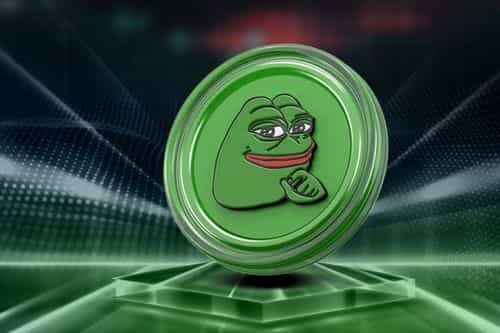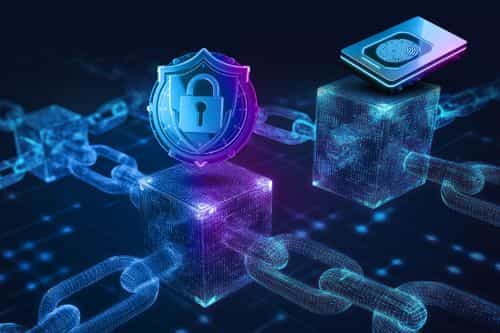Blockchain Explained for Beginners: Everything You Need to Know


Blockchain is one of the most revolutionary technologies of the 21st century. It’s changing how we handle money through digital currencies like Bitcoin and creating new ways to build trust online without relying on traditional middlemen. This technology quickly reshapes industries such as finance, supply chains, healthcare, and more by providing secure and transparent record-keeping. If you’re new to blockchain, this guide will help you understand the basics in simple and practical terms, so you can see how it’s impacting the world around us.
What is Blockchain Technology and How Does It Work?
Blockchain may sound technical, but at its core, it’s an elegant solution to an age-old problem: trust. It works by securely recording transactions in a chain of blocks that are linked and verified across a decentralized network. This makes data transparent, tamper-proof, and reliable without needing a middleman.
Defining Blockchain in Simple Terms
Blockchain is a decentralized digital ledger that records transactions across a distributed network of computers. Each "block" holds a list of transactions, and these blocks are connected in a "chain." Once added, data on the blockchain is immutable, meaning it cannot be altered or deleted without network consensus. This makes it highly secure and transparent.
The Key Components of a Blockchain System
Blockchain systems consist of several key parts:
Together, these components create a trustless, decentralized network.
Understanding the Benefits and Challenges of Blockchain
Like any technology, blockchain has its strengths and hurdles. It offers increased security, transparency, and decentralization, which can transform industries. However, challenges such as scalability, energy consumption, and regulatory concerns remain to be addressed.
Benefits
Blockchain offers:
For example, international payments can be settled in minutes instead of days using blockchain.
Challenges
There are also challenges:
Blockchain Applications in Everyday Life
Blockchain is no longer just about cryptocurrency. It’s becoming an everyday tool across multiple industries, from supply chain tracking and healthcare to finance and digital identity. Its ability to provide secure, transparent, and efficient solutions is driving widespread adoption.
How Blockchain is Used in Finance and Banking
The financial industry has been an early adopter of blockchain technology. Examples include:
Innovative Uses of Blockchain in Other Industries
Other industries are innovating with blockchain too:
How to Get Started with Blockchain as a Beginner
Starting with blockchain doesn’t require coding knowledge. By making a few smart choices, such as learning the basics, exploring user-friendly platforms, and joining communities, you can safely and confidently get onboard with this technology.

Choosing the Right Blockchain Platform for Your Needs
Pick a platform based on what you want to do:
Ensure the platform has strong community support and documentation.
Basic Steps to Set Up Your First Blockchain Wallet
Setting up a wallet is your entry point into the blockchain world:
👉 For a complete walkthrough, check out How to Use Wallets!
Conclusion
Blockchain technology is reshaping the digital world—bringing transparency, speed, and trust to everything from finance to food supply chains. While it’s not without its challenges, its potential to decentralize power and enable peer-to-peer interactions is revolutionary.
The blockchain does one thing: It replaces third-party trust with mathematical proof. — Adam Draper, Founder of Boost VC
Whether you're investing, building, or just exploring, the best time to start learning about blockchain is now.
Resources
Frequently asked questions
Check out most commonly asked questions, addressed based on community needs. Can't find what you are looking for?
Contact us, our friendly support helps!
What is the difference between blockchain and cryptocurrency?
Blockchain is the technology that powers cryptocurrencies like Bitcoin. Cryptocurrency is just one application of blockchain.
Is blockchain secure?
Yes. Its decentralized structure and cryptographic protection make it very secure—though wallets and exchanges can still be vulnerable.
Do I need to learn coding to use blockchain?
No. Beginners can use wallets and apps without coding. However, developers do need coding knowledge to build on blockchain.




